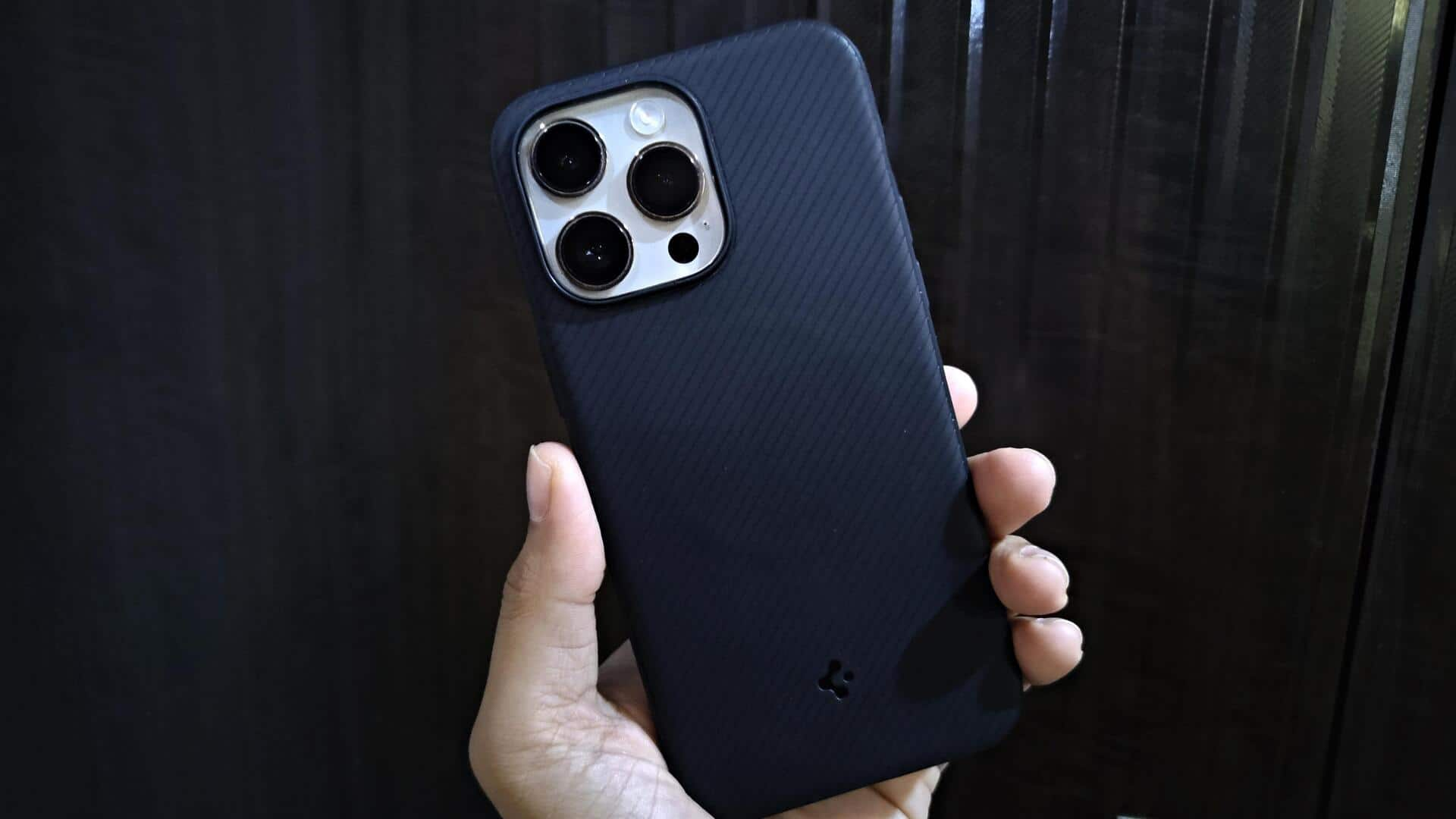
iPhone 16 Pro to get bigger screens, advanced connectivity features
What's the story
Apple's next iPhone 16 lineup is set to debut after about 11 months. As the countdown to the iPhone 16 Pro and 16 Pro Max launch in September 2024 begins, tech enthusiasts are buzzing with excitement over the rumored features and specifications of Apple's next-generation high-end flagship smartphones. Let's dive into some of the hottest gossip surrounding the iPhone 16 Pro models. Here's everything you need to know.
Details
Devices to include larger displays
Rumor has it that the iPhone 16 Pro devices will boast larger displays, offering users an even more immersive viewing experience. The devices are also said to have taller aspect ratios. Although exact dimensions remain under wraps, Apple is expected to up the screen size game. Ross Young, CEO of Display Supply Chain Consultants, said the iPhone 16 Pro and 16 Pro Max will bear 6.3-inch and 6.9-inch displays, respectively, which is a 0.2-inch increase compared to existing models.
Cameras
48MP ultra-wide camera expected
The iPhone 16 Pro and 16 Pro Max are said to get an upgraded 48MP ultra-wide camera lens for improved photo quality when shooting in 0.5x mode, according to Jeff Pu, a tech analyst at Haitong International Securities. Additionally, whispers of a dedicated capture button suggest users could snap photos or record videos with ease, bypassing menus and apps.
More
Advanced 5G technology for faster connectivity
Another juicy tidbit making the rounds is the possible inclusion of 5G Advanced technology in the iPhone 16 Pro models. This would mean faster connectivity and enhanced network performance compared to previous generations. As 5G technology continues to spread worldwide, it is vital for smartphone giants like Apple to stay ahead and deliver devices that fully harness these mobile tech breakthroughs.
Performance
Apple's A18 Pro chipset to be at helm
The iPhone 16 Pro models would use Apple's next-generation SoC, the A18 Pro, manufactured on TSMC's second-generation 3nm process—N3E. According to Pu, the devices will include support for Wi-Fi 7 connectivity, allowing data transfer over the 2.4GHz, 5GHz, and 6GHz bands simultaneously. The latest connectivity standard should result in improved Wi-Fi speeds, more reliable connectivity, and lower latency. Wi-Fi 7 could offer data transfer speeds of up to 40Gbps, which will be a four-time increase over Wi-Fi 6E.